Founded in November 2014 by Meraj and his cousin Imran Shah from Srinagar, Everyday Kashmir depicts life in the conflict-ridden Valley.
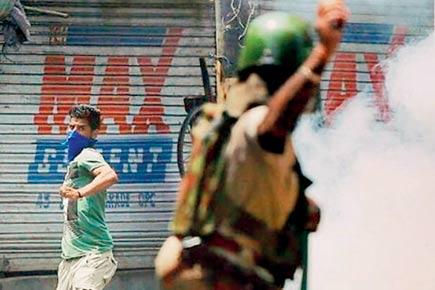
Kashmiri protester
 We call up Umar Meraj, a Kashmir-based videographer on a Thursday evening from Mumbai, hoping to catch him free at that hour. After getting no answer, we are about to hang up, when there’s a sudden, harried 'hello' from the other side. "I’m covering the protests. There’s too much commotion here. Can’t speak. Talk later,” Meraj, who works as a freelancer for a news agency, breathes hurriedly. For the 31-year-old, the co-founder of Everyday Kashmir, an arresting photography account on Instagram, this is as everyday as it gets.
We call up Umar Meraj, a Kashmir-based videographer on a Thursday evening from Mumbai, hoping to catch him free at that hour. After getting no answer, we are about to hang up, when there’s a sudden, harried 'hello' from the other side. "I’m covering the protests. There’s too much commotion here. Can’t speak. Talk later,” Meraj, who works as a freelancer for a news agency, breathes hurriedly. For the 31-year-old, the co-founder of Everyday Kashmir, an arresting photography account on Instagram, this is as everyday as it gets.
ADVERTISEMENT
Founded in November 2014 by Meraj and his cousin Imran Shah from Srinagar, Everyday Kashmir depicts life in the conflict-ridden Valley. The account was created in the wake of the Kashmir floods, when all other means of communication had taken a hit.
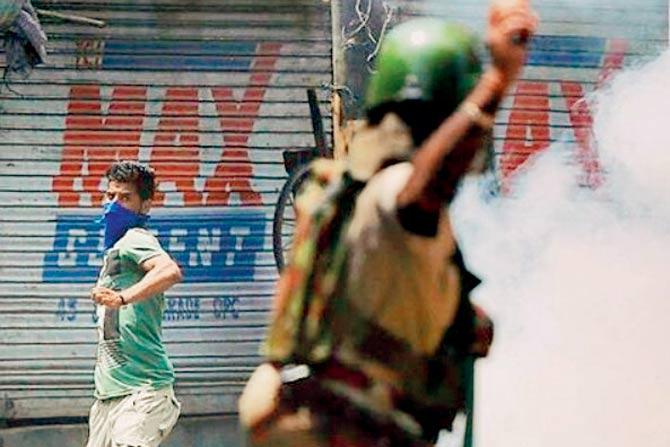
A Kashmiri protester pelts stones during a clash in Srinagar. Pic/Mukhtar Khan
“We were one of the few media people who still had access to the Internet and phones because the areas we lived in were relatively less affected. We began uploading images to help affected families trace their dear ones,” says Shah, who has just returned to Delhi after spending two weeks in the Valley. The idea came to them after meeting photographer Sumit Dayal, founder of Nepal Photo Project, who was instrumental in collecting small stories from the devastated region during the quake through the Instagram feed.
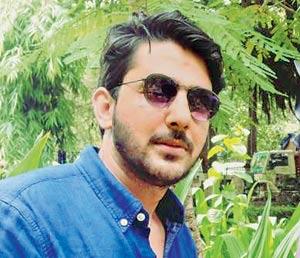
Imran Shah
The account, which began with a mere five followers from the Valley, now has 3,144 followers, with people not only from other Indian states, but areas as diverse as Iran and Vienna.
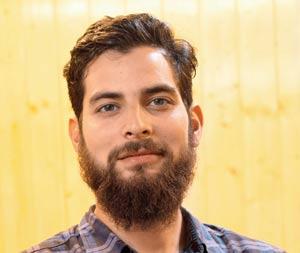
Umar Meraj
For the last 20 days, the account has been inundated with telling images of the unrest that erupted after the killing of Hizbul Mujahideen militant, Burhan Wani, in an encounter that left 50 people dead. Till now, at least 5,500 people, including 3,000 security personnel, have been injured in the protests. The pictures range from masked protesters shouting pro-freedom slogans to hapless children lying on hospital beds with bloodshot eyes after being hit by pellets.
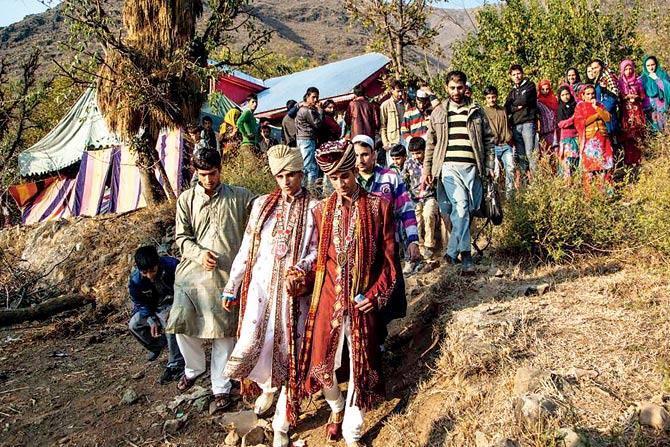
A double wedding procession in the outskirts of Srinagar. Pic/Yasin Dar
“I agree that some might find the images graphic, but that is our reality, and you can’t ignore it,” says Meraj. However, he tries to balance it with images that are devoid of shock value, and present a pleasant side of the Valley. For instance, images such as that of schoolchildren heading home in Pulwama and a shot of Kashmiri boys playing badminton in an area around the Dal lake reveal an ordinary Kashmiri holding on to normalcy.
“In fact, before the unrest began, most of our pictures were relatively more pleasant on the eye. But then, once the conflict broke out, we felt it was our duty to report because a lot of people from other countries and states follow us for updates,” says Meraj.
The account also contains reposts of other Instagrammers of Kashmir, popular ones being those by ace award-winning photographers like Javed Dar and Yasin Dar. “We have asked young Kashmiris interested in being featured on the blog to tag us in their pictures. We, too, scout accounts for the most telling images. We then curate them and choose images which we think tell a story,” says Shah.
Reporting from a strife-ridden zone, however, comes with its own set of challenges. Kashmiri photojournalists — both local and those working with international media houses — are no strangers to vicious media assaulters. “As media persons, we face problems from both the authorities and the common people. The troops feel we encourage violence, while the ordinary folks are of the opinion that we don’t fairly represent them. It’s not easy. But, we try to be as objective as we can,” says Shah.
 Subscribe today by clicking the link and stay updated with the latest news!" Click here!
Subscribe today by clicking the link and stay updated with the latest news!" Click here!







